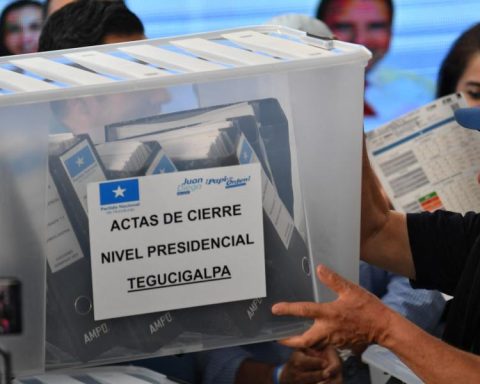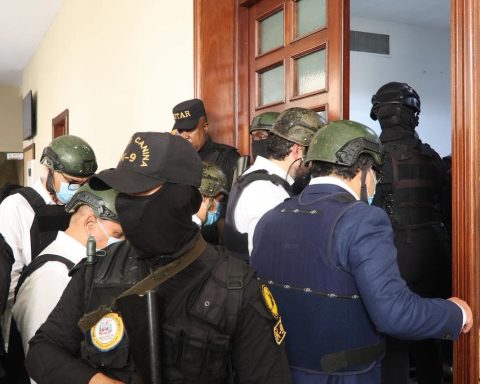The Russian government established on Monday a list of “hostile” countries, to which individuals and companies will be able to repay their debts in rubles, a currency that since the beginning of the invasion of Ukraine has depreciated by more than 60%.
The Kremlin measure, established through a presidential decree over the weekend, answers the economic sanctions it received from the West in recent weeks due to the invasion of Ukraine.
The list includes, among others, countries of the European Union (EU), Australia, the United States, Canada, Switzerland and Japan, according to the Bloomberg and AFP agencies.
From this measure, Russian companies will be able to pay creditors of these countries in rubles, even if the securities are denominated in other currencies.
For this, the debtor may ask a Russian bank to create a special account in rubles in the name of the foreign creditor and send him a payment in Russian currency for the amount due, at the exchange rate of the day in question, as indicated by the Central Bank. of that country.
This measure is will apply to payments exceeding 10 million rubles per month.
Instead, countries that are not part of the lists will be able to continue receiving payments in foreign currencies through special permission.
This is one of the first Russian responses to the sanctions imposed by many foreign countries after its military intervention in Ukraine.
At the same time, Russia tries to show that it can still meet its financial obligationsin a context of uncertainty in which it is believed that it may default.

Measures to pail the economic crisis
To counteract the fall of the ruble, the government of Vladimir Putin established various measures, including the prohibition to its residents to transfer foreign currency abroad, the charging of a commission of 30% to change rubles to dollars, euros or pounds; and the obligation of exporters to convert 80% of their income obtained in foreign currencies into rubles.
Currency controls cast a shadow over whether Russia may or may not pay your foreign creditors.
Despite the fact that last Wednesday Russia paid US$ 98 million of a sovereign debt coupon (OFZ) in rubles, foreign holders did not receive the money due to restrictions on payments abroad, generating a debate about whether or not it has already entered default.
On March 16 there will be another round of maturities for US$ 117 million that do not allow payment in another currency.
If Russia decides to pay in rubles, the country could eventually fall into default and activate credit default swaps (CDS), the insurance for creditors in case of non-payment, whose values rebounded today to a figure which indicates that the country It has an 80% chance of defaulting.

Over the weekend, Moody’s downgraded the long-term debt rating in local and foreign currency for the second time in less than seven days, from category B3 to Ca, just one notch above the note corresponding to the default of Debt.
The rating agency explained that the downgrade was caused by the expectation that the capital controls introduced by the Central Bank of Russia restrict cross-border payments, including debt service on government bondsaccording to the Europa Press agency.
“The downgrade to ‘Ca’ is driven by serious concerns about Russia’s willingness and ability to pay its debt obligations,” Moody’s justified, for which the risk of a default occurring “has increased significantly.”
The provision follows a similar downgrade by Fitch last week, and the re-rating of the MSCI Russia index from “Emerging Market” to “Isolated Market”.

















